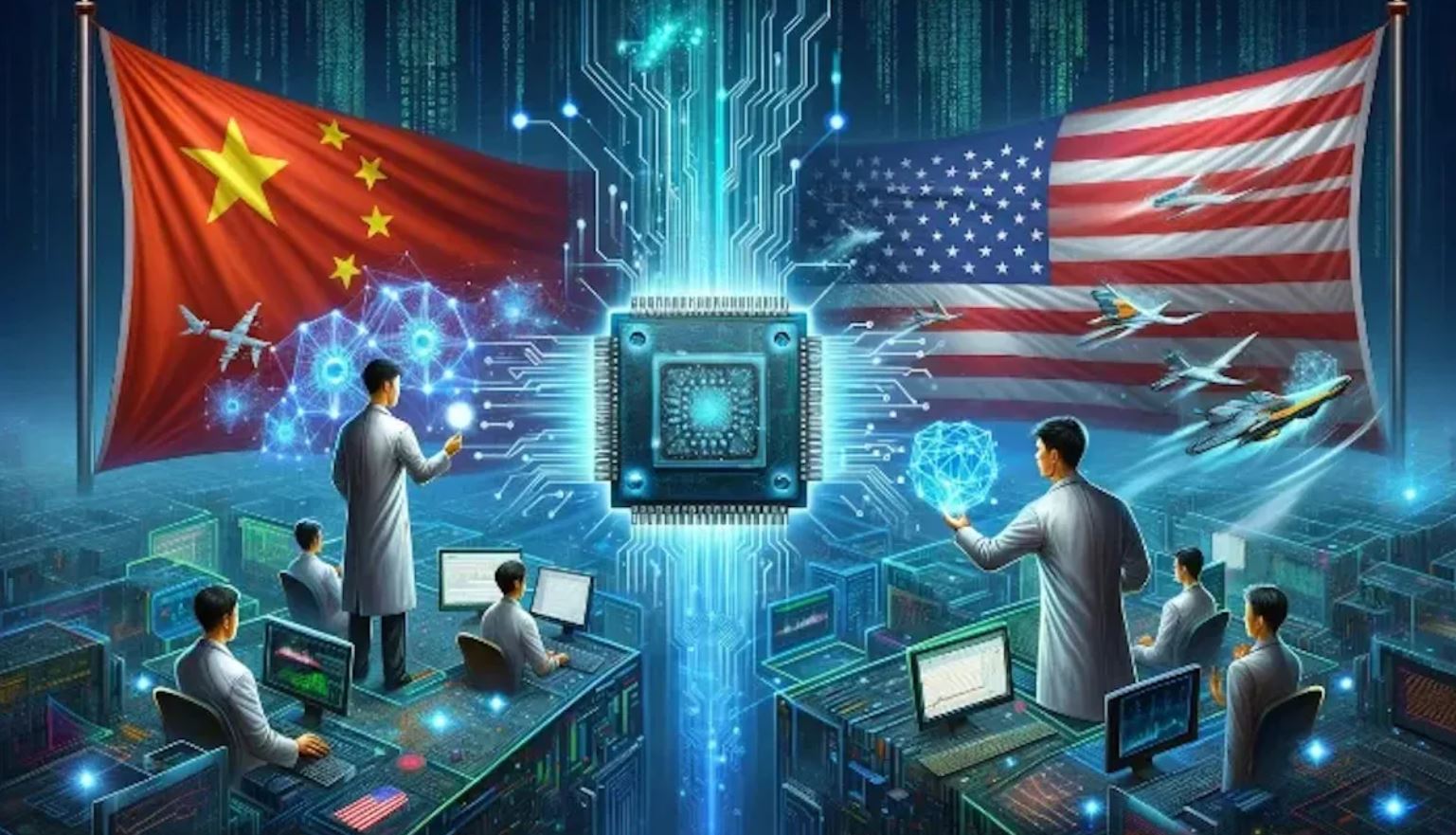 AI isn’t just a tech race – it’s a contest powered by an increasingly strategic energy fight. The U.S. and China are duking it out in a competition that harks back to the space race of the 1960s, but with a modern twist focused on securing a reliable power supply for AI’s ever-growing needs. As Dan Turner from Power the Future puts it, this energy challenge might be the most critical economic and national security test we’ve seen in our time.
AI isn’t just a tech race – it’s a contest powered by an increasingly strategic energy fight. The U.S. and China are duking it out in a competition that harks back to the space race of the 1960s, but with a modern twist focused on securing a reliable power supply for AI’s ever-growing needs. As Dan Turner from Power the Future puts it, this energy challenge might be the most critical economic and national security test we’ve seen in our time.
The U.S. continues to lead in AI development thanks to a vibrant tech scene and innovation at scale. Yet, China is racing on a different track. With a clear agenda for self‑reliance and a vision to extend its technological influence globally, China is busy ensuring that its data centres – the heart of AI operations – never run out of power. Unlike the U.S., where energy policies can shift with elections, China benefits from central planning that keeps its strategies on track.
One standout advantage for China is its control over critical raw materials. Energy expert Robert Bryce notes that China holds sway over a large share of key elements from the Periodic Table, which gives it a leg up in keeping global supply chains secure.
China’s energy mix is firmly anchored in coal, boasting an impressive 1,591 GW of coal power capacity. Even with ongoing environmental debates, these plants are among the most efficient in the world. By contrast, the U.S. is gradually stepping back from coal, with forecasts showing a significant drop in capacity between 2025 and 2035.
While the U.S. is looking towards natural gas and nuclear power as alternatives, it faces its own set of hurdles – from bureaucratic delays to a slow pace in launching new nuclear projects. Meanwhile, China isn’t standing still; it’s ramping up its nuclear capabilities at a breakneck pace. Renewable energy, too, remains a contentious topic, especially in light of recent power outages in Europe. Although solar and wind are on the U.S. agenda, these sources still need hefty battery backup systems to be viable for the high-energy demands of AI.
With the energy landscape in flux and geopolitical stakes rising, the choices made today will shape who leads the AI revolution tomorrow. President Trump’s policies have bolstered coal and nuclear, yet the real test is whether the U.S. can keep this momentum when political winds change. On the other side, China is steadfast with its vast, coal-driven infrastructure, even as it diversifies its energy mix.
If you’ve ever struggled to balance innovation with sustainability, you’re not alone. The path ahead is complex, but the key takeaway is clear: robust, reliable energy isn’t just a power issue, it’s the linchpin for tomorrow’s AI breakthroughs








